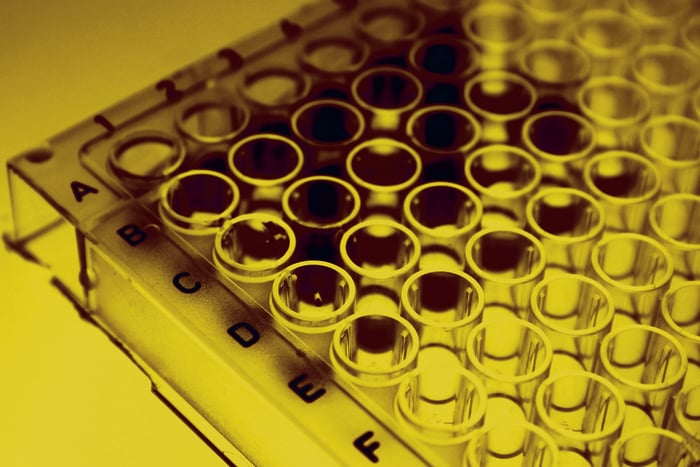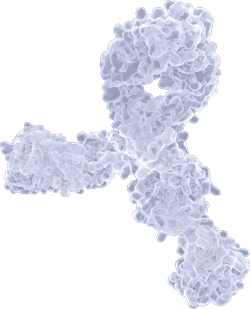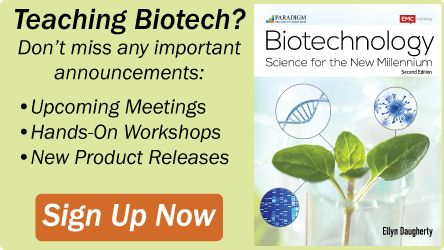While proteases are essential in maintaining the proper function of living cells, researchers often do not welcome their presence in their protein samples. Why would they when the mere presence of these enzymes jeopardizes the integrity of their samples and puts them one step closer to imminent degradation? No researcher would be happy knowing that there are proteases in their samples, just waiting to chew up on their precious protein, especially if their target protein is low in abundance.
The Protein Man

Recent Posts
Topics: Protease Inhibitors
Protect proteins with cryoprotectants & protein concentration
Rough handling and proteins do not necessarily go well together. As proteins are extremely sensitive and can easily be degraded during the process of concentration, purification, and storage, they need to be handled with utmost care to reduce, if not eliminate, the risk of unwanted aggregation and/or degradation.
Topics: Protein Concentration
A blocking buffer is a solution of irrelevant protein, mixture of proteins, or other compound that passively adsorbs to all remaining binding surfaces of the plate. The blocking buffer is effective if it improves the sensitivity of an assay by reducing background interference and improving the signal-to-noise ratio. The ideal blocking buffer will bind to all potential sites of nonspecific interaction, eliminating background altogether, without altering or obscuring the epitope for antibody binding.
Topics: Assay Development (ELISA)
Optimize Antigen and Antibody Concentration for Western Blots
Topics: Western Blotting


.jpg?width=788&name=Protein%20Structure%20(8).jpg)




